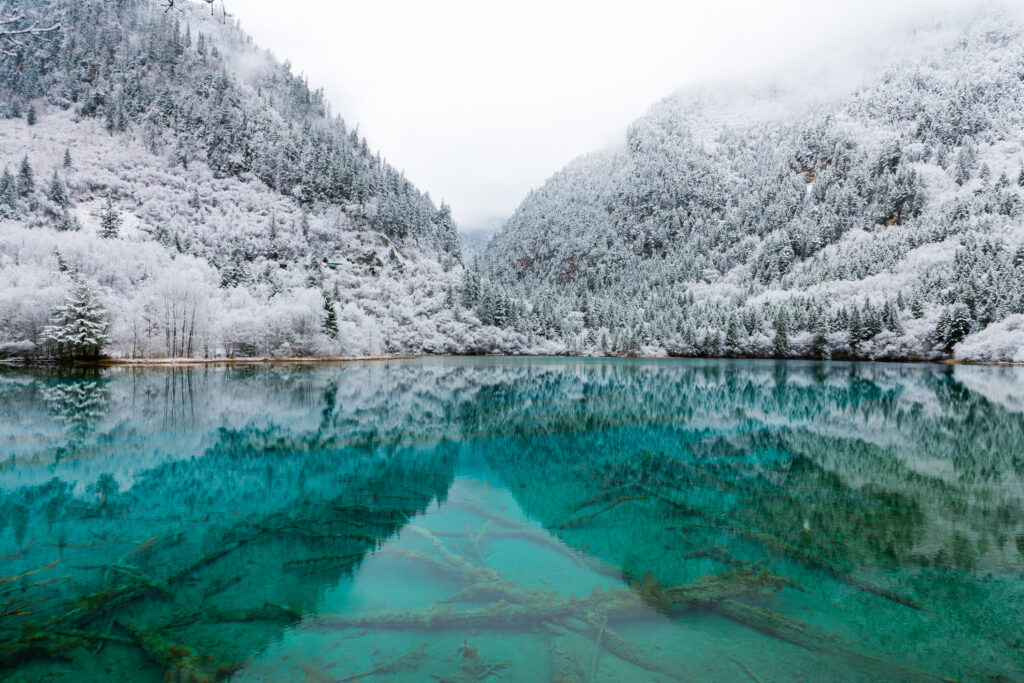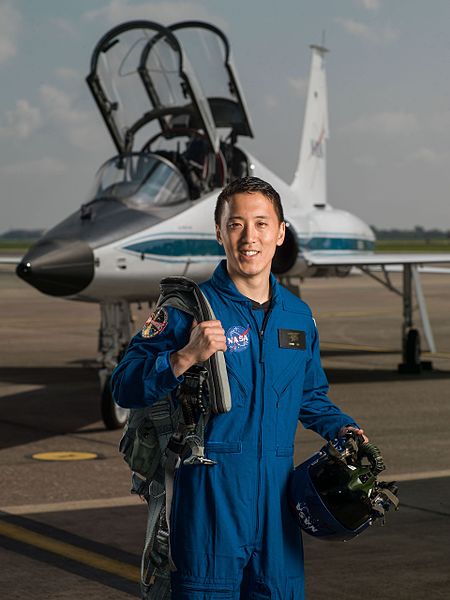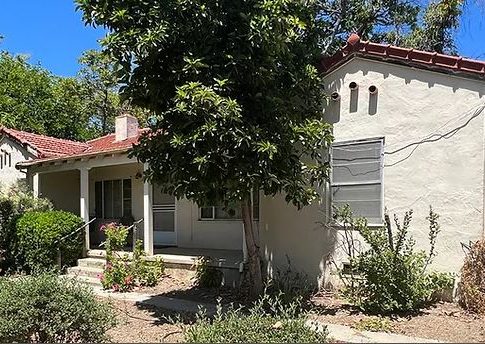Yamashita, an award-winning photographer for National Geographic, talks about his career and the upcoming docuseries East Meets West.
By Lia Reichmann, AsAmNews Intern
Michael Yamashita first started taking photographs after college. On a trip to Japan to learn more about his Japanese heritage, he found himself taking pictures of the trip to show his friends and family back home.
“I got really hooked into the photography and just became a photo enthusiast to the point of total immersion; eat, sleep and drink photography,” Yamashita said in an interview with AsAmNews.
He joined a camera club in Japan to practice his Japanese and to meet people, and while there he was able to meet professional photographers and eventually joined a photo agency. Yamashita then spent several years traveling around Asia taking photos and building his portfolio.
Fast forward to today, Yamashita is an award-winning photographer with 30 years of experience shooting for National Geographic. He has done over 30 stories for National Geographic and created 16 books, while also giving lectures and holding workshops to teach people photography. Throughout his career, his specialty has been photographing Asia, but he has also been to six continents.
LATEST STORIES
Yamashita was the only regularly contributing photographer of color in the history of National Geographic, but he says that fact doesn’t change how he views his work.
“I operated in a kind of a vacuum that I didn’t even think about it. And so it was quite a revelation…to be kind of recognized for that,” Yamashita said. “Young photographers shaking my hand congratulating me like I did something big, but all I was doing was doing what I do, which is shooting my part of the world that I felt most comfortable in and I wasn’t thinking that I was doing anything huge.”
During the COVID-19 pandemic, Yamashita like the rest of the world was grounded and unable to travel. Instead, he went through his archives and ventured into a new way of showing people his images, NFTs.
Yamashita was approached last year by two Harvard graduates because of his large following on social media, including 1.8 million followers on Instagram. The graduates introduced him to NFTS and helped prompt his NFT collection.
Yamashita said photography and being a photographer “keeps evolving.” He notes that it has never been “a better time to display your photographs because of social media,” but at the same time it has “never been a more difficult time to make a living as a photographer because there’s few magazines left.”
“And for me, National Geographic provided the resources to do definitive stories, I don’t think anybody in the world can do a story like Marco Polo, [which included] going to 15 countries, spending two years of shooting, nobody can do that anymore,” Yamashita said.
“The other thing, of course, is everything changed as far as the subjects are concerned. So most everything that I shot [has] pretty much disappeared. I mean, the cities, you call them cities now, where I was traveling through villages and with mud huts, or one story, two-story [buildings] and now you go back to the same village, and there are high rises, and in some cases tall skyscrapers in some of these towns along the Silk Roads.”
He noted the business has changed “tremendously”, with younger photographers “feeling the economic hardship” because there are “so few assignments” and media outlets for stories.
“You still need photographers to shoot stories, but most of them are being photographed by locally-based photographers, as the level of photography [has] improved everywhere. So rather than Geographic sending a photographer or sending me to all these places, the way it works now is most of these editors can call on photographers who live in these different countries, and that’s the way they get the coverage that they need,” Yamashita said. “It’s so different compared to when I started back in the late 70s. It’s evolved to the point now if you’re not doing Instagram or posting your pictures on social media, you’re not being seen at all.”
One of his most famous magazine stories is about Marco Polo, which he said went on to be run in three consecutive issues and over 80 pages, an unprecedented feat.

In between the successful magazine stories for National Geographic and the best-selling books that came out of it, Yamashita was asked to do documentaries. Those documentaries focused on Marco Polo and Zheng He, and he served as the narrator for both.
“I never was connected so much to the filmmaking process and I didn’t like being a talent because I wasn’t producing anything,” Yamashita said. “[The crew were] just following me around the way I already did on shooting a book of still photography, and so I wasn’t wedded to the process. And eventually, I went back to what I do best, which is making still pictures.”
Yamashita’s recent project is one he has been working on for the past 15 years with his friend and Emmy-awarding-winning journalist Farland Chang. They met each other in Hong Kong through a friend at CNN. Chang himself was working as an anchor and correspondent at CNN.
The multi-episode docu-series, entitled East Meets West, uses the narratives already established in Yamashita’s books and already produced material to dive deeper in his photography.
“We complemented that existing library of content by capturing new footage and fresh interviews with Mike, over the past, more than 10 years. This was a chance for us to just add more layers to the timeless and priceless work,” Chang said. “And by going out on location, into the field, on the road, and joining Mike in lots of different locations, we could capture new footage and we could see the master in action. We could use that to complement the photos from the magazine, the photos from the books. And so it was really a chance to just add value to what was already so valuable.”
Chang served as an executive producer for the series and also directed several of the episodes. On why he decided to do a docuseries, Chang said he wanted to take “Mike’s work to another dimension.”
“He already had such amazing work for the magazine, the National Geographic Magazine, and then he produced these gorgeous books, photography books. And he even had two excellent documentaries with a National Geographic Channel,” Chang said. “So I thought, ‘okay’, we could take this library of content, this precious asset and we could dive deep into the subject matter through the documentary series, which would be a new way to share this content with a new audience, especially in a digital world.”
Yamashita said he also wanted to teach viewers in East Meets West.
“Well, you know, the footage doesn’t age. They were produced with a general audience in mind and the idea was in teaching about these two great explorers and what they brought back to the world in terms of knowledge, which is huge… you read about the European explorers and it’s like they just discovered Asia,” Yamashita said. “Well, that’s not true…the Arabs did all the trading with [the] Chinese and the Indians and [in] North Africa well before Europe ever traveled to the Far East, and this trade was going on for hundreds of years before. These are not well known facts [so we’re] setting the record straight.”
Chang said would join Yamashita on his assignments or meet up with him to film, whenever they could find the time. As Chang puts it, “ABC, always be capturing.”
Chang had multiple takeaways he wanted viewers to get from the docuseries including the importance of travel.
“Learning about other people and places and fostering peace and goodwill, and mutual friendship,” Chang said. “Given that we are right now going through turbulent times of mistrust and misunderstanding and miscommunication and also challenges threatening our plane; I hope that our series is a reminder of our need to travel, to learn and to promote peace and preservation.”
There are nine episodes planned for the docuseries, with the episodes coming out over the next two years.
Yamashita’s advice for aspiring photographers, a question he said he gets every day, is to first and foremost be good at it. He recommended going to workshops with professional photographers to learn what they did and get involved with social media as a way to get noticed and grow a following.
As for what’s next, Yamashita said he is heading to Tibet as soon as he can.
“What I’ve always been involved in is to document what is no longer going to be there, what’s disappearing and that is what I want to do,” Yamashita said. “Tibet is one of the last places in the world where you can see things the way they always were and are fast disappearing. I’m preserving what is there in photographs before it all goes away.”
Episode one of East Meets West is available to buy or rent on Vimeo or Amazon Prime.
AsAmNews is incorporated in the state of California as Asian American Media, Inc and has an application for non-profit 501c3 status with the IRS pending. Check out our Instagram account. Go to our Twitter feed and Facebook page for more content.Please consider interning, joining our staff, or submitting a story, or making a financial contribution. We are committed to the highest ethical standards in journalism. Please report any typos or errors to info at AsAmNews dot com.









